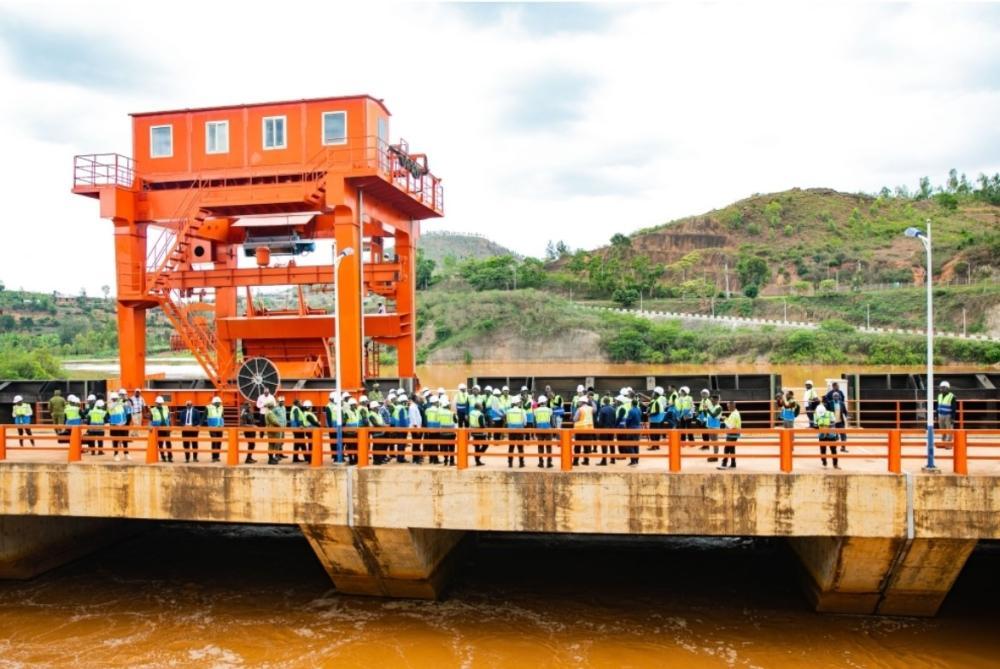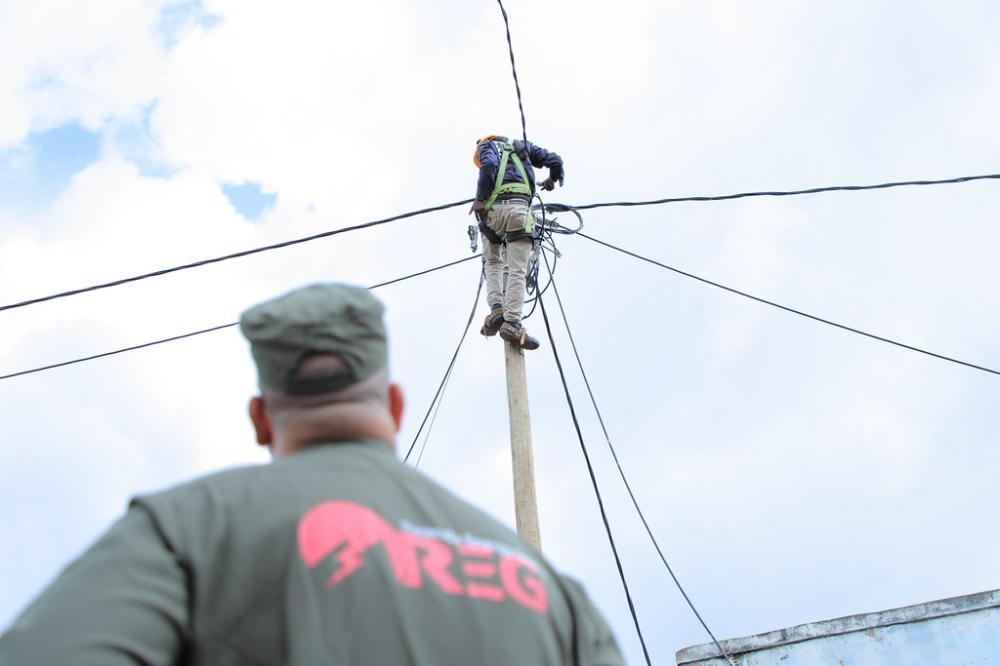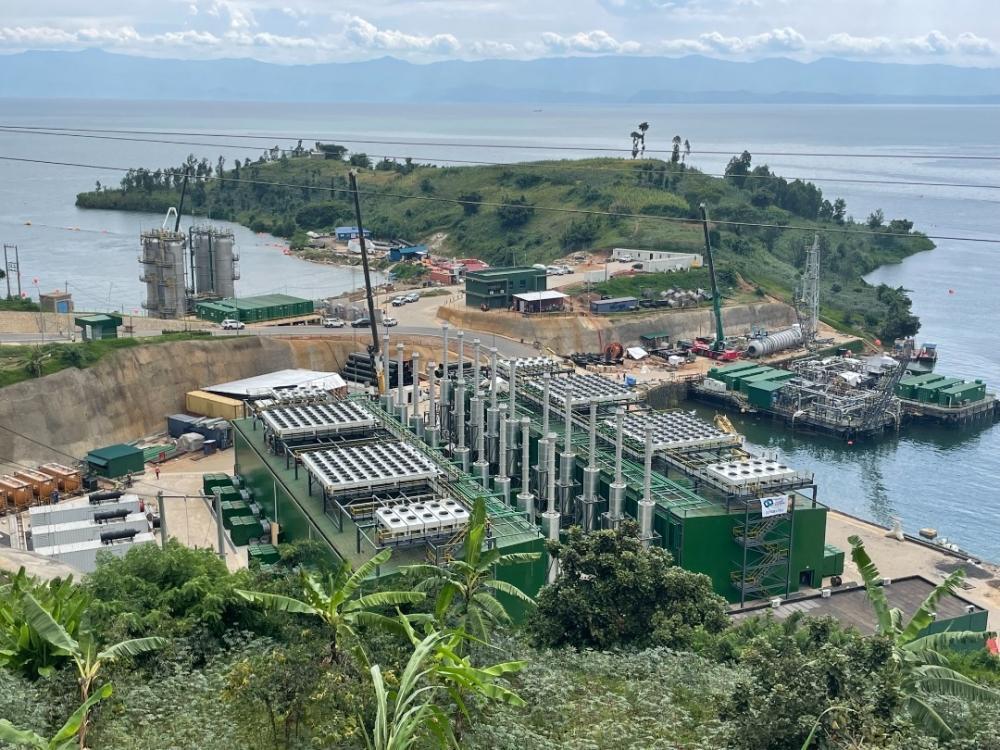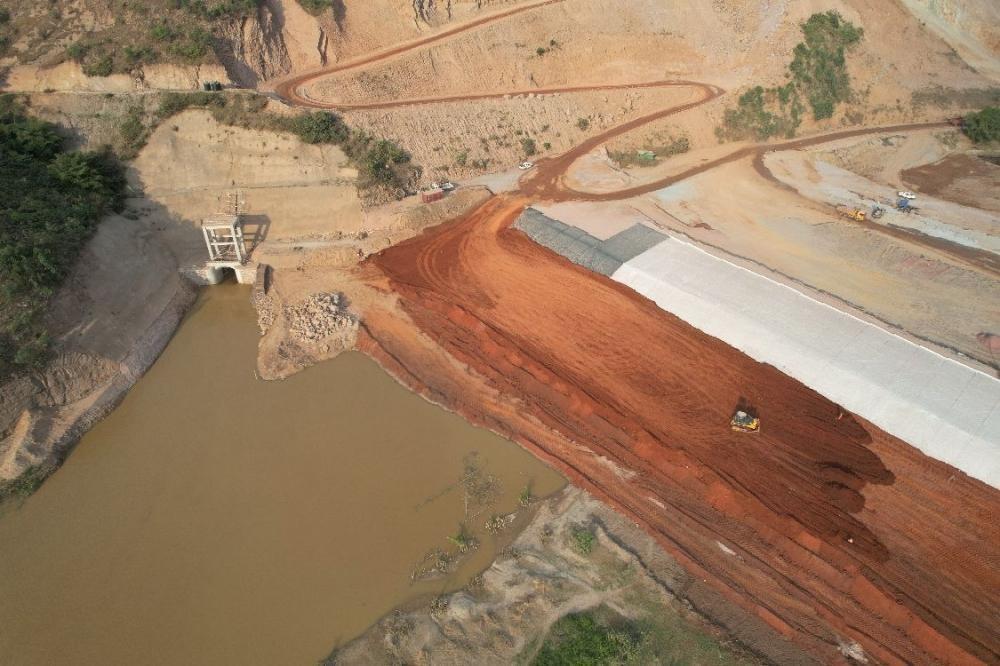Africa-Press – Rwanda. In the aftermath of the 1994 Genocide against the Tutsi, Rwanda faced enormous infrastructure challenges, including electricity access, which stood at only 1%.
Today, as the country marks 31 years of liberation, electricity access has reached 83.2%, thanks to the visionary leadership that prioritises the well-being of its citizens.
As of May 2025, REG says 2.8 million households, equivalent to 83.2% have access to electricity.
While 2 million households (58.3%) are connected to the national grid, 893,104 households (24.9%) are connected to solar energy.
As of May 2025, REG says 2.8 million households, equivalent to 83.2% have access to electricity.
Speaking to The New Times, Armand Zingiro, CEO of Rwanda Energy Group (REG), said that the target remains full national coverage: “Over the past three decades, we’ve made remarkable progress, and we are not decelerating. Our ambition for access is 100%, and we are working relentlessly to ensure that no Rwandan is left in the dark. Through REG and partners, the government is rapidly expanding the grid, investing in off-grid innovations, and accelerating new energy generation projects to light up every home across the nation and provide enough energy for industry.”
Rwanda no longer depends solely on Mukungwa and Ntaruka power plants. The country has expanded to 37 power plants generating 406.4 megawatts, including cross-border shares, with plans to reach 556 MW soon.
Rusumo Hydroelectric Power Plant
Rwanda has gained 27 MW from the 80 MW Rusumo regional hydroelectric project, located at the border with Tanzania. Transmission lines run 161 km into Rwanda, 94 km into Tanzania, and 194 km into Burundi.
The plant will also supply power to Bugesera Airport and Mpanga, and Mahama irrigation schemes.
Shema Methane Gas Power Plant
A view of the newly completed Shema Power Lake Kivu (SPLK) plant in Rubavu District. The $400 million plant, is currently providing 37.5 megawatts.
On the shores of Lake Kivu, the Shema Power Lake Kivu (SPLK) plant is tapping into methane gas reserves and generates 56 MW.
The $400 million project is supported by a new substation built by the Rwanda Energy Group (REG).
The SPLK plant has a total capacity of 56 MW, with around 50 MW entering the national grid.
Other methane gas projects at Lake Kivu include KivuWatt Phase I (26 MW) and Kibuye Power I (3 MW). A fourth, by Gasmeth Energy, will produce 1 million cubic metres of liquefied natural gas for cooking and industrial use.
Nyabarongo II hydropower project
Nyabarongo II Hydropower Plant, Rwanda’s newest hydroelectric project, has reached 50 percent completion.
The Nyabarongo II Hydropower Plant, designed to produce 43.5 MW, is now 50% complete. It is funded by a $214 million loan from China Exim Bank. Beyond electricity generation, the multipurpose dam will support irrigation, water supply, and flood control.
First-ever electricity on Mushungo Island
On May 8, 2025, Mushungo Island in Nyamasheke District received electricity for the first time. The island, home to 148 households, now benefits from power supplied by REG, which supports local services including a school and health post.
Resident Jean Paul Kamana said, “Before we had electricity, we were unaware of what was happening around the country. Now, thanks to phones and televisions, we receive news from all over.”
Solar Home Systems (SHS)
With 24.9% of households using solar power, the government has invested heavily in Solar Home Systems to expand off-grid access. Through the Renewable Energy Fund (REF) and Rwanda Energy Access and Quality Improvement Project (EAQIP), the “RBF Window 5” subsidy was launched to connect 445,000 households, impacting 1.8 million people.
To support these efforts, 27 private companies signed agreements with the Energy Development Corporation Ltd. (EDCL) under the Rural Electrification Strategy, aiming to improve distribution across Rwanda.
New Substations: Bwishyura and Rubavu
The Bwishyura Substation, under construction in Karongi District, will help reduce energy loss and support the reliable distribution of electricity across the country. Completion is expected by the end of 2025. This substation will also dispatch power generated from the Ruzizi III Power plant, under process between Rwanda, the DRC, and Burundi. Meanwhile, the Rubavu Substation, located near Gisenyi and operated by REG, connects with Shema Power Lake Kivu and supports electricity exports to Goma in DR Congo.
The substation has scaled up from 14 MW in early 2023 to 37.5 MW by October 2023, targeting 56 MW in 2024.
Promotion of solar water heaters
To meet its climate pledge of reducing emissions by 38% by 2030, Rwanda plans to invest $52 million in solar water heaters for urban homes.
In December 2024, 25 heaters were given to 13 SMEs in sectors like baking, agro-processing, and hospitality. The switch will save businesses up to Rwf3.7 million monthly on firewood and charcoal costs.
The initiative, supported by the UNDP, is part of Rwanda’s Nationally Determined Contributions (NDCs) under climate agreements.
Clean cooking solutions
Improved cook stoves, which use less wood and charcoal, are expected to rise in adoption from 9% to 22% by 2029.
Already, over 1.4 million stoves have been distributed, with 34% of households using them in 2022. To further this, the Clean Cooking Results-Based Financing (CC-RBF) scheme was launched by BRD and EDCL, supported by the World Bank’s Clean Cooking Fund.
The programme targets 500,000 households, including 25% female-headed, impacting over 2.15 million people.
Since 2017, reliance on firewood for cooking has dropped from 83% to 76%, with efforts underway to continue this trend towards more sustainable and healthier alternatives.
For More News And Analysis About Rwanda Follow Africa-Press









